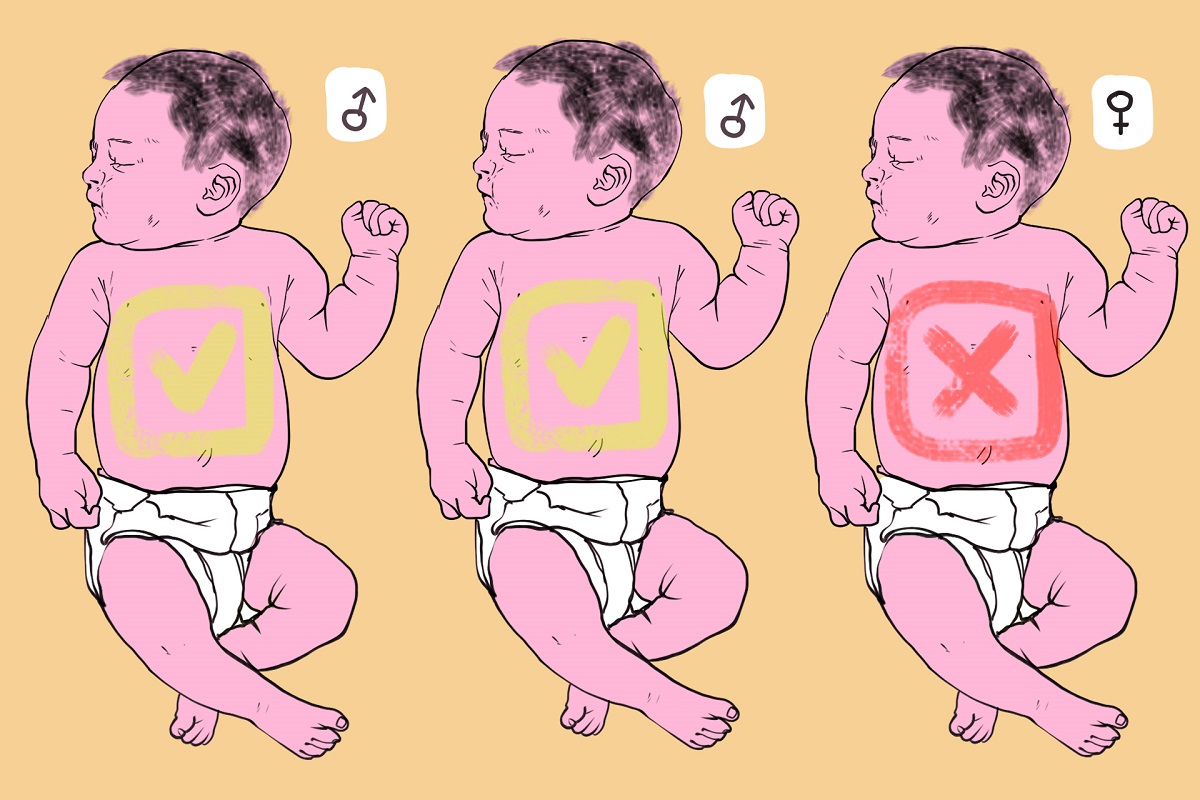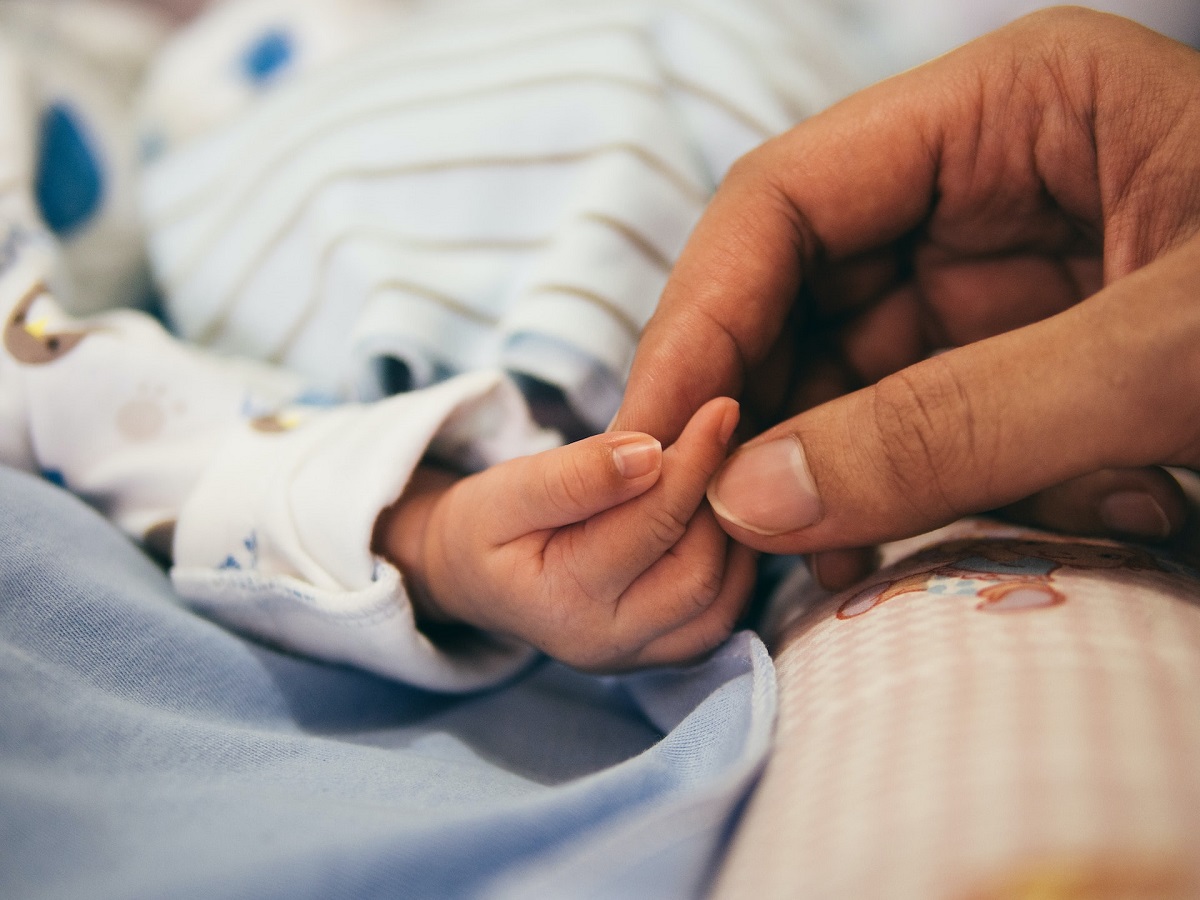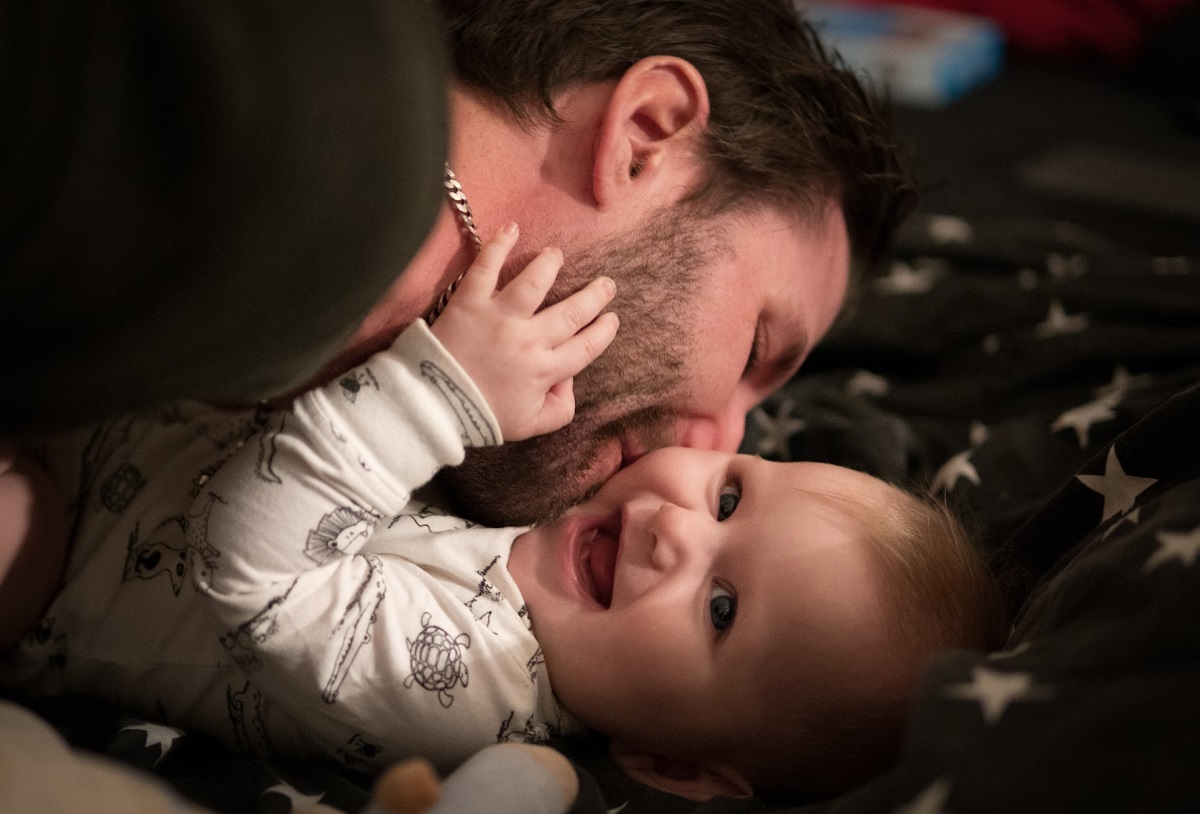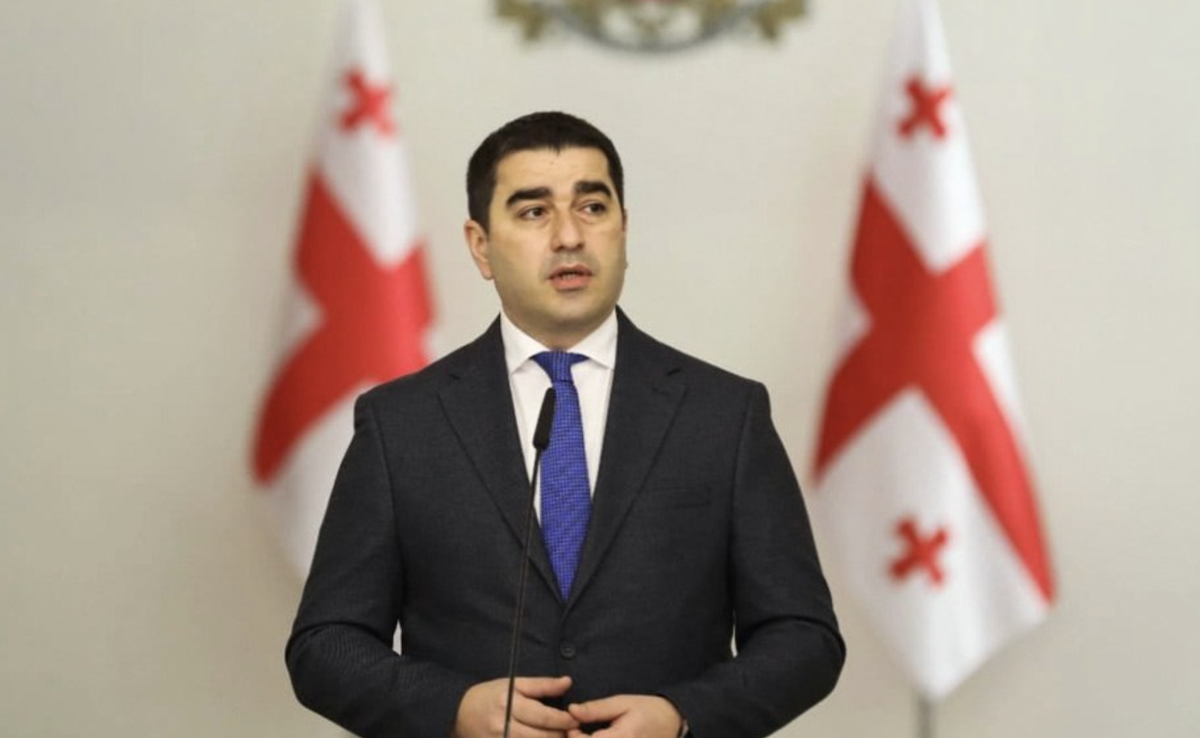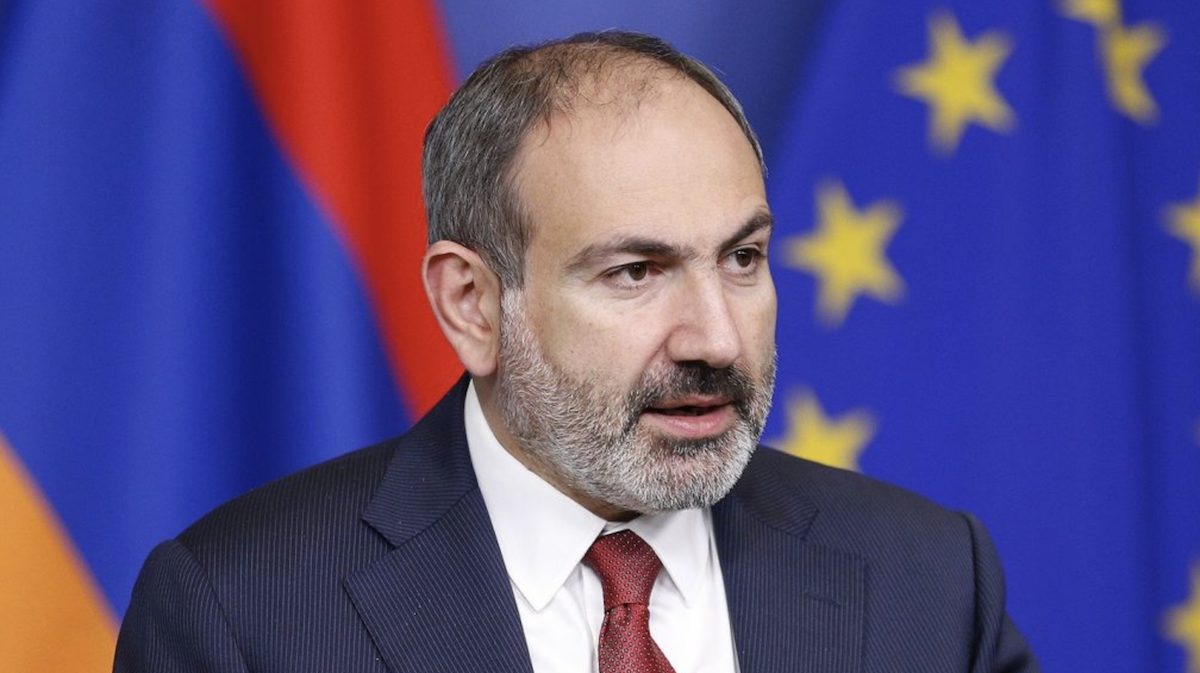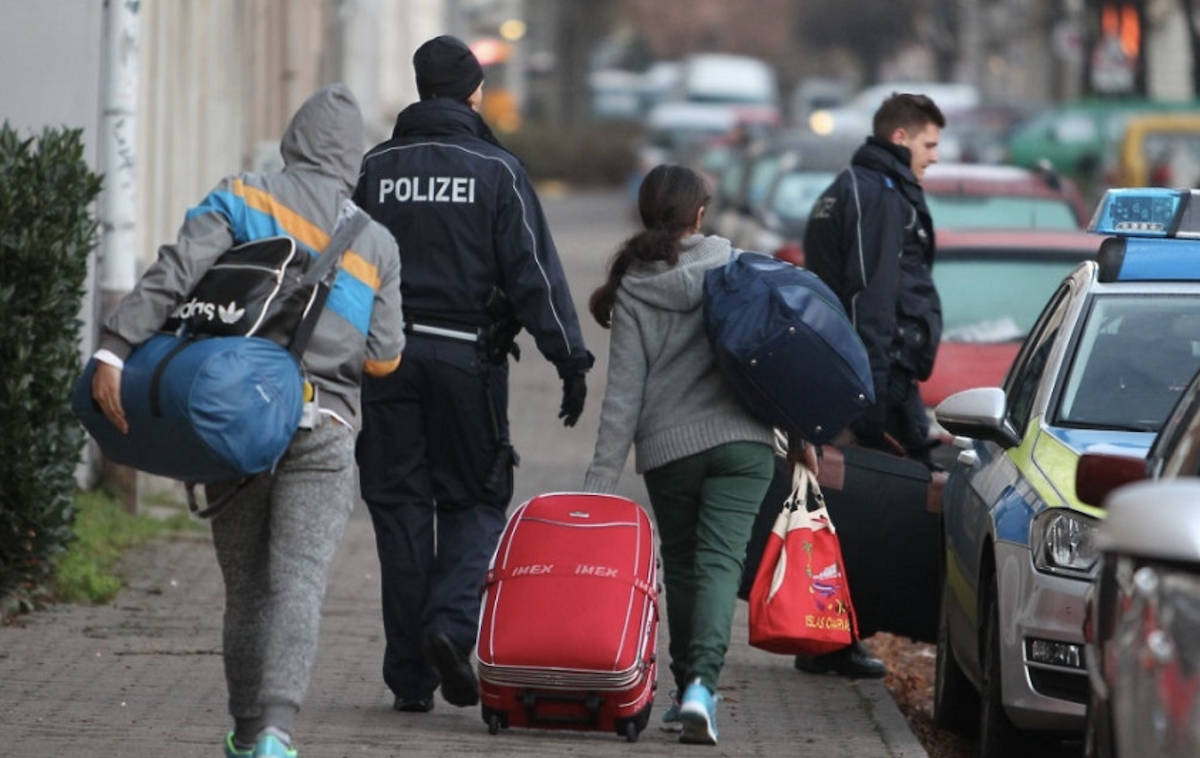Sex-selective abortions decline in Armenia as birth rate drops
Sex-selective abortions in Armenia
According to Armenia’s Ministry of Health, the country has recorded between 7,000 and 9,000 abortions annually over the past decade. The lowest annual figure was registered in 2023 (7,182 cases), while the highest was in 2015 (9,851).
In recent years, both the gender imbalance among newborns and the overall number of abortions have declined slightly. However, low birth rates and sex-selective abortions remain a serious demographic concern.
- Why is Armenia facing a demographic crisis?
- Single mothers in Armenia – the stories of women who dare to go it alone
- How women in Armenia balance family care, childcare and careers
“My daughter was never born”
Anaït, 45, shared a story that has haunted her for years:
“I had two sons. And I was pregnant with a girl. We were living in terrible conditions — a dormitory with a shared bathroom and kitchen on the same floor as other tenants, low wages. My husband said, ‘We’re barely getting by with two kids…’ And so my daughter was never born. Fifteen years have passed, but it feels like it happened yesterday. I can’t forget the day I went to the doctor and chose to end that pregnancy.”
Thousands of women in Armenia find themselves in similar situations — for a variety of reasons.
Abortion statistics
According to the 2023 Global Gender Gap Report, Armenia significantly improved its standing in abortion-related indicators, rising to 61st place — up from 89th the previous year.
In 2023, the highest number of abortions performed in Armenian clinics was recorded in the capital, Yerevan, with 2,529 cases. Lori region followed with 709, then came Kotayk, Ararat, and Armavir provinces. The lowest numbers were reported in Vayots Dzor, Tavush, and Syunik.
No official data on sex-selective abortions
When asked how many abortions in Armenia are performed annually due to the sex of the foetus, the Ministry of Health responded:
“There are no statistics on cases of pregnancy termination based on the sex of the foetus.”
Birth rate continues to decline
According to Armenia’s Statistical Committee, the birth rate has continued to drop over the past decade.
From January to November 2024, 30,916 babies were born in the country — compared to 33,514 in the same period the previous year.
Global gender gap rankings
According to the 2023 Global Gender Gap Report published by the World Economic Forum, Armenia ranks 61st out of 146 countries.
This marks a significant improvement compared to previous years: Armenia ranked 98th in 2020, 114th in 2021, and 89th in 2022.
Within the Eurasia and Central Asia region, Armenia holds third place, behind Moldova and Belarus. It is followed by Kazakhstan, Ukraine, Georgia, Kyrgyzstan, Azerbaijan, Tajikistan, and Turkey.
On sex-selective abortions and lost human capital
In October 2024, Armenia’s Minister of Labour and Social Affairs, Narek Mkrtchyan, spoke at a cabinet meeting about the risks and consequences of sex-selective abortions in Armenia. He raised the issue in the context of the country’s demographic strategy for 2024–2040.
“Due to sex-selective abortions, we have already lost an estimated 80,000 people in terms of human capital. In other words, around 80,000 girls were never born — girls who would now be of reproductive age and could have significantly impacted the country’s population structure,” Mkrtchyan said.
When asked in writing what research this figure was based on, the Ministry of Labour and Social Affairs responded:
“This statement is based on the 2013 study Sex Imbalances at Birth in Armenia: Demographic Evidence and Analysis, conducted by the United Nations Population Fund (UNFPA).”
The study, published more than a decade ago, examined the gender imbalance at birth in Armenia between 1991 and 2010, due to the absence of direct measurements of sex-selective abortions. It concluded:
“If the observed level of gender inequality persists, approximately 93,000 female births will be prevented by 2060 due to prenatal male preference.”
The ministry also cited more recent figures, stating that Armenia has already lost 24,659 unborn girls since 1989:
“In other words, by replacing girls with boys, Armenia has lost not only daughters, but future mothers as well. As a result, the population is expected to shrink by 80,000 due to the absence of these girls and the children they would have had.”
The ministry did not specify the exact timeframe to which this projection refers, making the minister’s claim of 80,000 missing girls due to sex-selective abortions appear vague and lacking precision.
Nevertheless, sex-selective abortions remain a serious demographic issue for Armenia.
Armenia’s demographic strategy
Armenia’s government-approved strategy for improving the country’s demographic situation from 2024 to 2040 focuses primarily on increasing the birth rate.
“Raising the birth rate is the foundation of the strategy’s first objective. The aim is to create an environment that promotes family well-being, where the birth of every child contributes to the development of human capital,” the Ministry of Labour and Social Affairs stated in a written response.
Despite global demographic trends, the ministry is confident that the strategy will enable Armenia to achieve a higher fertility rate. The plan envisions an increase of 55,000 births compared to the baseline scenario — that is, without the strategy’s interventions.
The strategy also includes steps to mitigate the impact of sex-selective abortions. For long-term results, ministry experts stress the need to change public behaviour and dismantle stereotypes that lead to such abortions. They aim to achieve this through large-scale media campaigns.
“Implementing the strategy will require 2.6 trillion drams — over 6 billion USD. But this is not spending; it’s investment, because at its core is the development of human capital. If implemented, the strategy could increase Armenia’s population by 260,000 by 2040,” said Tigran Jrbashyan, one of the strategy’s co-authors.
“At present, this is one of the best demographic strategies in the world — if not the best,” added Lusine Sargsyan, head of the UN Population Fund (UNFPA) office in Armenia. “It covers all the necessary areas where the state must act to develop the demographic sector.”











